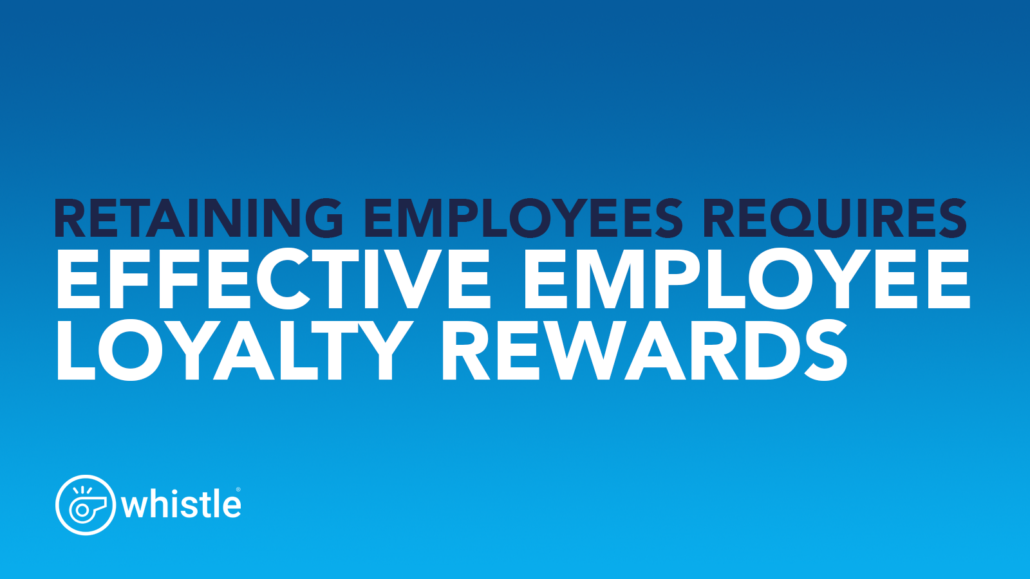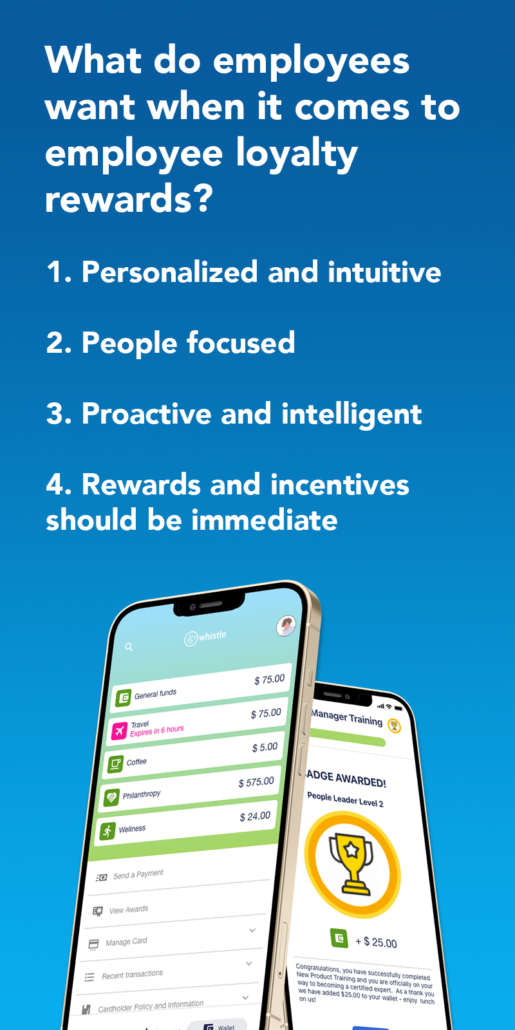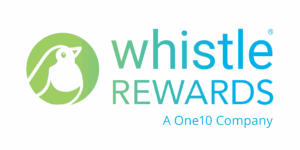Retaining Employees Requires Effective Employee Loyalty Rewards
More people are quitting jobs than ever before. Costs are going up and the common drum beat is the only way to keep your staff is to pay more. And that is not true. Employees stay where they feel valued and belonging. Employee Loyalty rewards are a critical aspect of showing your people they are valued and belong. But, be careful. Those moldy points program with the over-priced “rewards catalog” and the gift cards that expire or get lost aren’t the solution. You need a solution where front-line managers can show the love to their staff, in the moment.
First, let’s take a beat to think over the last 2+ years.
Covid changes how we need to think about employee loyalty rewards
When the pandemic emerged in early 2020, it uprooted every aspect of our lives. How we work, shop, relax, gather—everything was catapulted into a “new normal”. Many executives believed this was temporary and life would return to the way it was circa 2019.
As it turns out, not everyone is ready to go back to the way things were.
The pandemic has directly impacted many people. Some lost loved ones to the virus. Others got sick themselves, some dealing with the impacts of long COVID. Some found themselves juggling unpaid caretaking with a full-time job. People were laid off, exposed to the virus at work, and unable to work due to home responsibilities.
Those who were fortunate to not be directly impacted still felt the effects of a changed world: they dealt with working from home, learned how to be a part of, or manage a remote team, experienced isolation, and attempted to handle massive stress.
Fast-forward to 2022 and The Great Resignation has become a hot topic, creating untold challenges for employers. An unprecedented number of workers are quitting their jobs. It’s not just the latest media buzzword. The data confirms that employees really are leaving their jobs in record numbers. Today, there are 4.6 million more job openings in the US than unemployed people. While the pandemic accelerated the problem, it was not the original cause.
The great resignation has actually been in motion for over 10 years. The pandemic accelerated the retirement of millions of workers while many others have not returned to the levels of pre-pandemic workforce participation that existed in 2019. Meanwhile, younger workers are rethinking what it means to commit to a career, much less a single company. The seeds leading to this scenario were planted years before COVID.
According to Patrick Cournoyer, Chief Evangelist at Peakon, a people analytics and employee engagement firm, a misalignment between employee expectations on well-being and their experience is impacting corporate performance.
Employee expectations are most acute around the issue of well-being. Overall employee concern on the issue of well-being increased by 17% across all demographics; among Gen Z respondents, the increase was 28%. Peakon said the employer brand is determined by how genuinely they care about their employees’ mental and physical health. With burnout estimated to cost the global economy up to $323.4 billion each year, this is particularly important at a time when there are very clear and present dangers that have the potential to reduce overall well-being, he added.
It is a challenge for some leaders to build awareness around mental and physical well-being. Many leaders today are solely focused on the technical aspects of their jobs, or getting projects done on time and on budget, regardless of the toll it takes on their people.
Cournoyer said it is critical for organizations to develop their leadership ranks for supporting employee well-being. In many cases front-line managers need coaching and development to cultivate skills that support employee well-being.
“We have to take action as organizations and pivot on employee needs and expectations, especially around well-being,” said Cournoyer. “We need immediate action. It’s not enough to put in a program today and then just sit back. Well-being is about continuous support.”
Leaders also need to be patient with employees who are working from home. The Peakon report emphasizes the importance of training leaders in soft skills like empathy, compassion and clarity around work expectations. Cournoyer said, “Be sure you are considering the full spectrum of well-being and external factors that may impact the employee and contribute to stress.”
The best part of this analysis? It was completed prior to the pandemic. Employee mental health needs have skyrocketed since then so it only makes sense that many of the employee loyalty rewards programs are outdated.
Employee Loyalty Rewards Solution
The solution to this pinch is to compete on Employee Loyalty, including an effective employee loyalty rewards program. The pain of the moment must be addressed with long-term Employee Loyalty practices. These are all practices that companies should invest in anyway, as the pandemic made clear. Many of them are already budgeted, but are not executed effectively. These Employee Loyalty Rewards solutions will pay off in more engaged employees who stay with your company longer.
Employees want a few elements for the workplace:
- Personalized and intuitive – one-size-fits-all rarely works and it definitely doesn’t work for employees. Create an environment where employees feel valued and belonging by personalizing employee loyalty rewards.
- People focused – not administration focused. Onboarding is a good example of a process that ought to be like a big hug for a new colleague. Instead, it’s typically focused on the least engaging parts of work. Optimize processes for the outcomes, not administrative efficiency.
- Proactive and intelligent – don’t make employees go to the hundred page manual to figure out what they should be doing. Use tools such as AI to guide employees and nudge them to the right behavior.
- Rewards and recognition should be immediate – putting $100 into a payroll file that gets processed in three weeks and direct deposited isn’t a good way to say thank you. Employee Loyalty rewards should be immediate. Use a modern rewards partner with a digital wallet enabling front-line managers to recognize their staff, in the moment.
Whistle, the employee loyalty app
There are many factors that influence employee loyalty but Whistle is the first employee loyalty app specifically designed for that purpose. By leveraging Whistle an integrating with other programs, Whistle can help companies improve bother their top and bottom line.
In a recent case study Whistle helped a manufacturing company reduce turnover by 26% in 90 days through a redesigned onboarding program. The company has always on-boarded people, just never with an employee loyalty app. Companies are using Whistle to people managers to be better people managers, rethinking incentives and rewards, and even changing their approach to culture – building a more inclusive workplace and helping to attract more people.
Contact us for a free demo and better understand how much you can improve employee loyalty when using an employee loyalty app!
 Drew Carter is the CEO and Co-founder of Whistle. Drew brings a combination of executive leadership, business strategy, technical software experience and data analytics to his work. He has worked in large and small corporations, worked in industry building software products enjoyed by millions and served as a consultant helping companies better compete in the digital age.
Drew Carter is the CEO and Co-founder of Whistle. Drew brings a combination of executive leadership, business strategy, technical software experience and data analytics to his work. He has worked in large and small corporations, worked in industry building software products enjoyed by millions and served as a consultant helping companies better compete in the digital age.










